This September, thanks to the support of the European Rivers Network under the Open Rivers Programme, a number of river barrier removal projects are scheduled in France, in sub-basins of the Dordogne, Loire, Gave de Pau and Rhône (see details in the press release).
After three years of implementation of the Open Rivers Programme, more than 140 projects have been supported throughout Europe, including around ten in France, thus contributing to achieving the objective of 25,000 km of free rivers by 2030 in Europe, as set out in the European regulation on nature restoration and measure 20 of the National Strategy for Biodiversity (SNB) 2030, which aims to strengthen actions in favour of ecological webs and remove their main obstacles. Faced with the consequences of climate change, removing weirs and dams that have no use or have a high impact is a key measure for limiting the warming of water, restoring access to refuge areas and increasing the resilience of habitats and species.
On World River Day, we feel it is important to point out that life in our rivers and the quality of our watercourses is still too severely degraded and that urgent action is needed to halt the erosion of biodiversity and cope with the effects of climate change. ‘Repairing rivers and making environments and species more resilient to variations in temperature and hydrology will depend solely on our actions and involvement. There is still a huge task to be done, and it is sometimes difficult to get people to accept it,’ explains Roberto Epple, President of the European Rivers Network. Yet these projects are the result of a long, complex and collective process, combining technical work and consultation, and sometimes militant struggle. So each ecological restoration project is a source of pride, an event to be celebrated that contributes to restoring our shared heritage.
The projects taking part in the Open Rivers Programme are located in sensitive, protected areas with high biodiversity potential, and will help to reconnect habitats for fish (trout, lamprey, salmon), white-clawed crayfish and pearl mussels. ‘By re-establishing the natural dynamics of the watercourse and facilitating the movement of species, we are restoring the system and the complex interactions between living beings and their environments, and providing an additional opportunity to adapt to climate change. These are ‘no-regrets’ measures that benefit everyone,’ explains Corinne Ronot, Project Manager at the European Rivers Network. A range of highly ambitious projects that the European Rivers Network has submitted to the Open Rivers Programme for funding, sometimes in addition to that provided by the French Water Agencies.
Read presse release (in french)
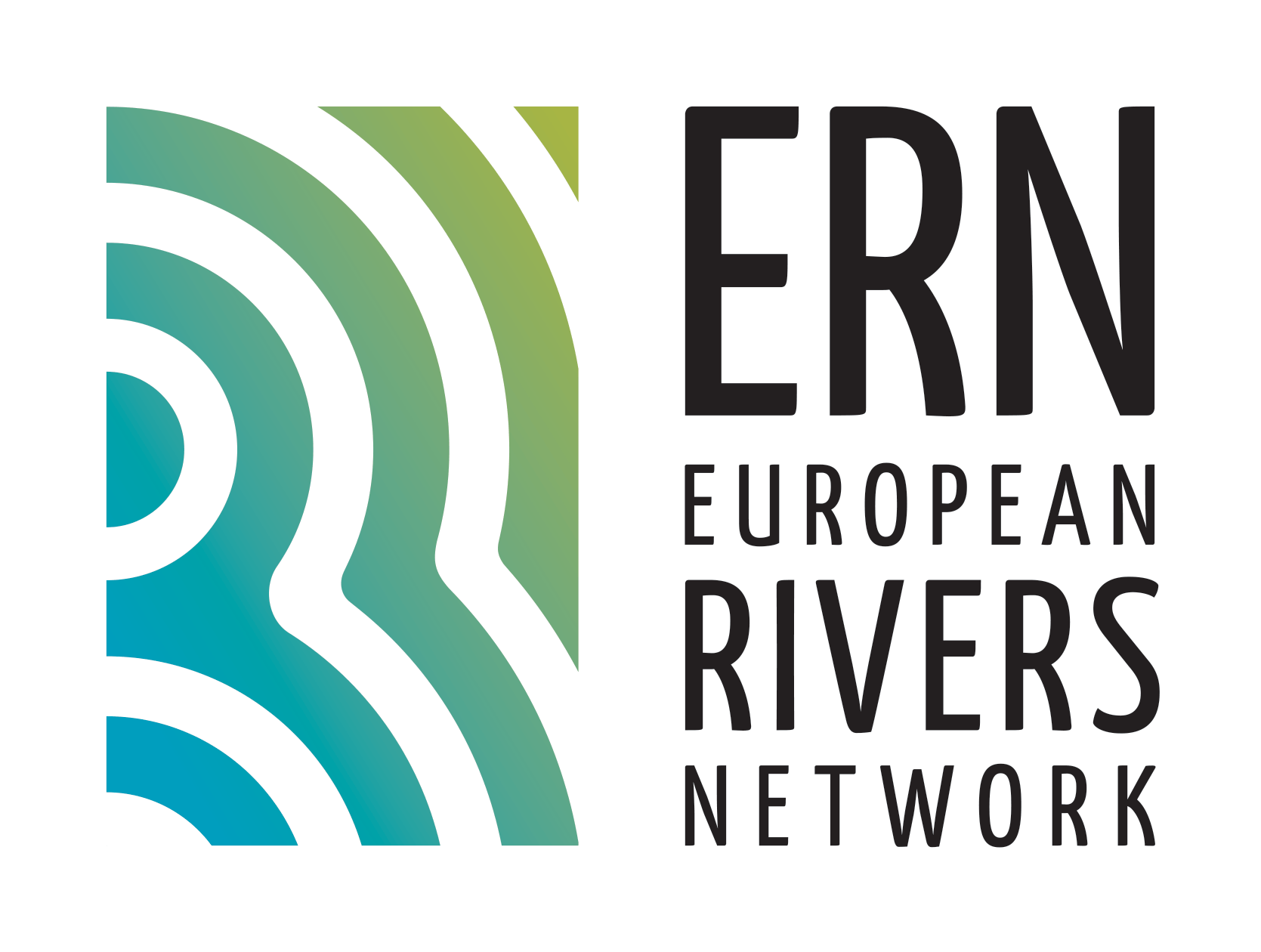
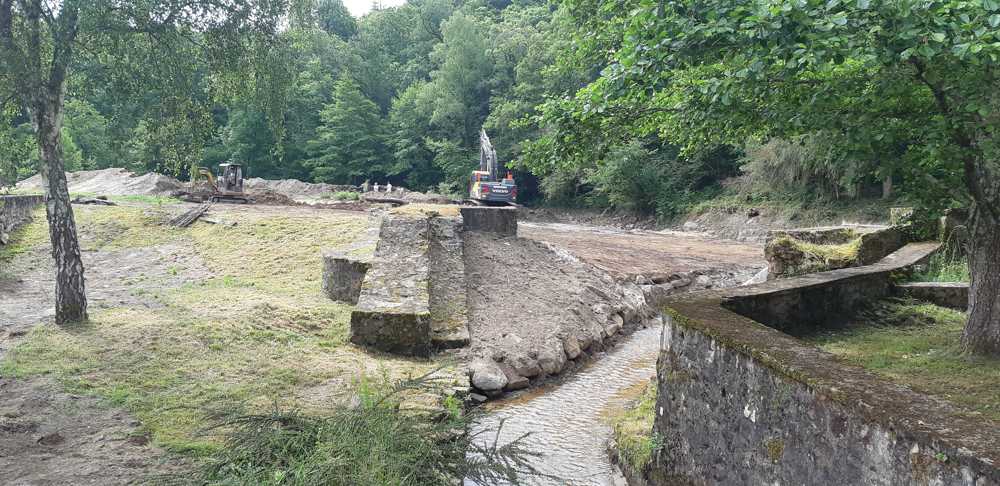

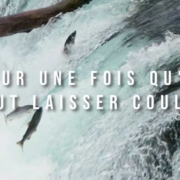
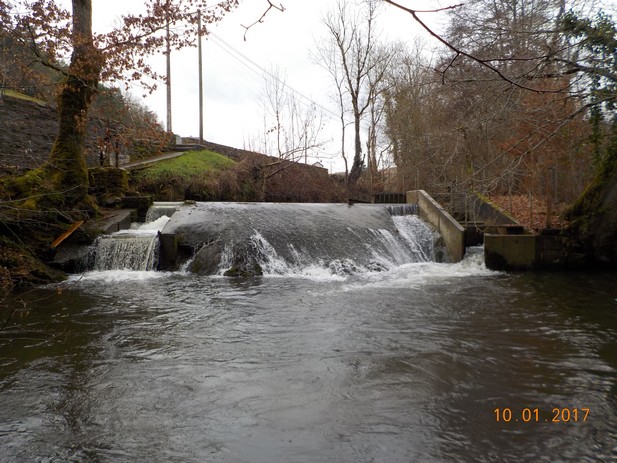
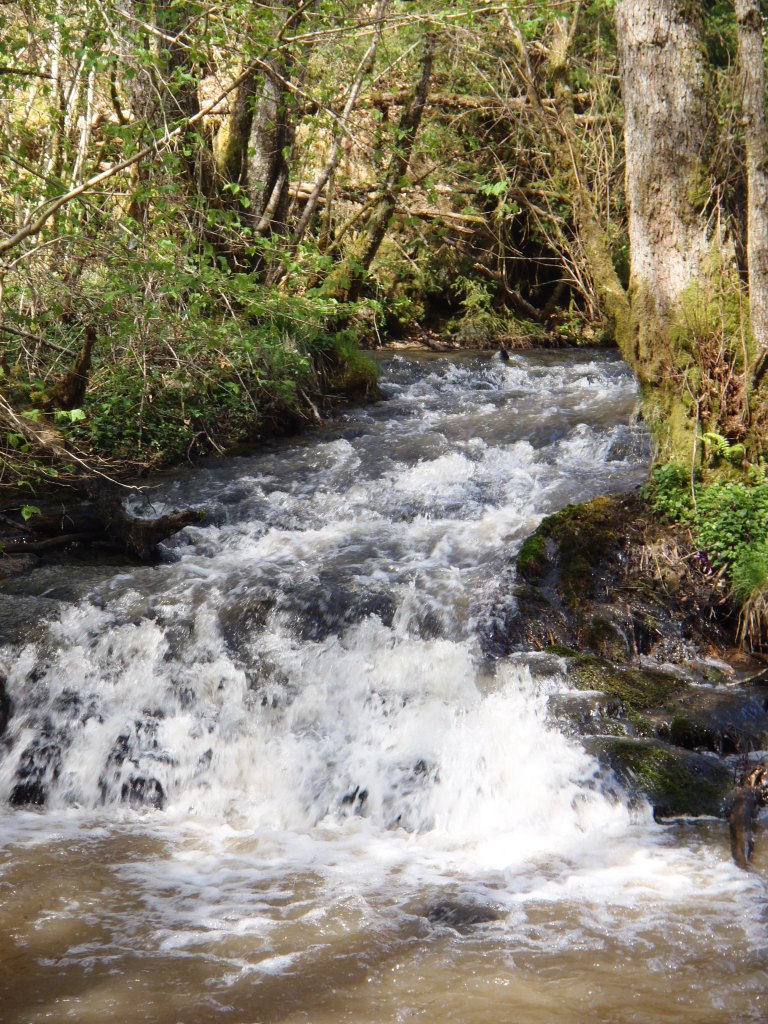
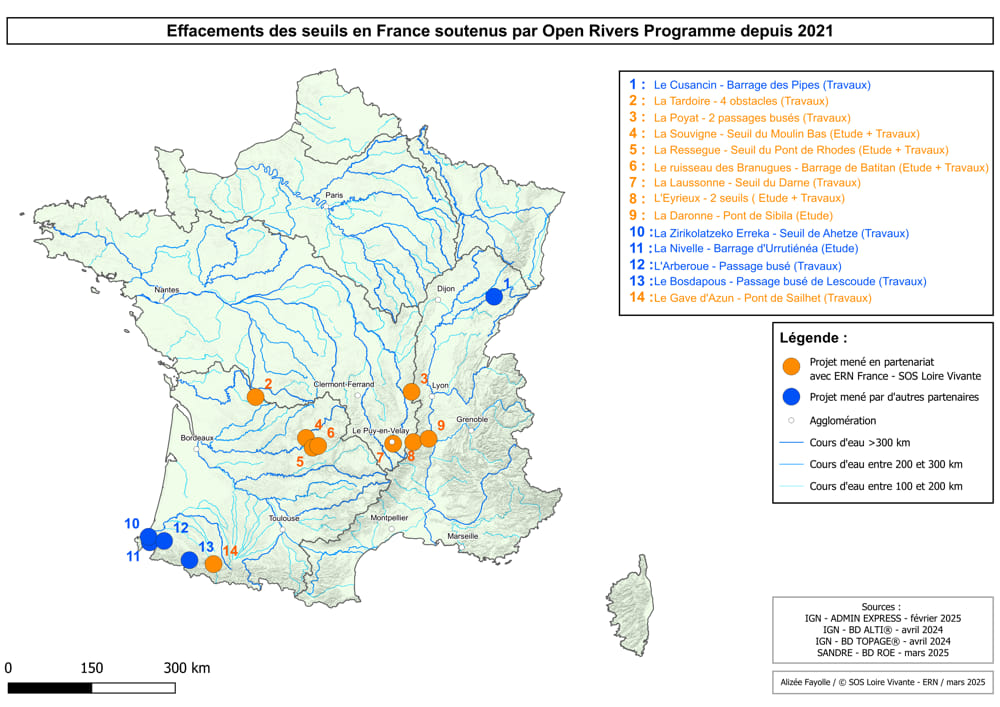
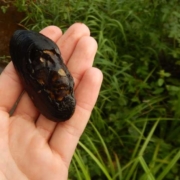

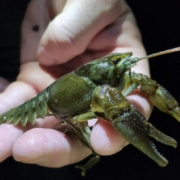
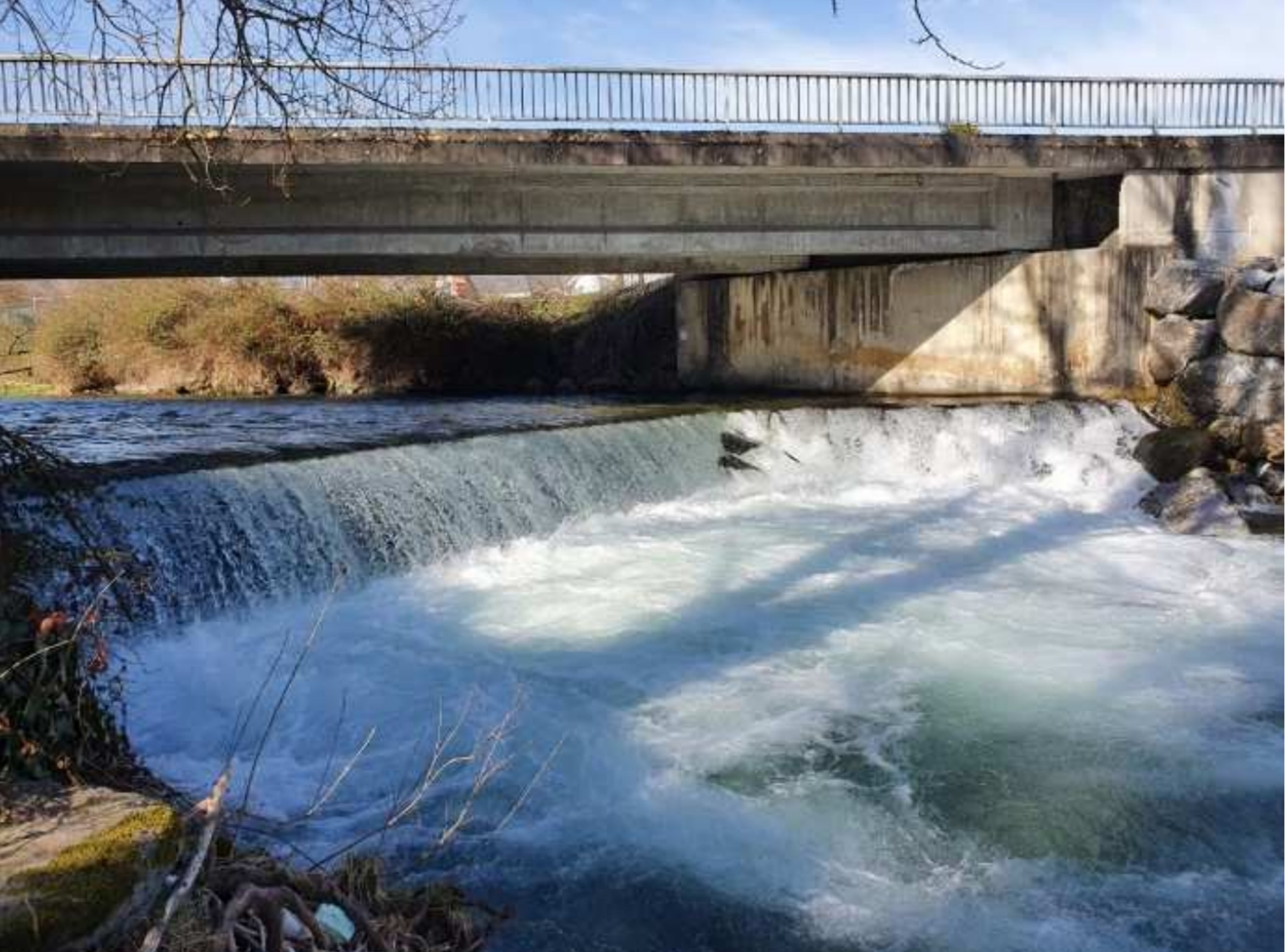
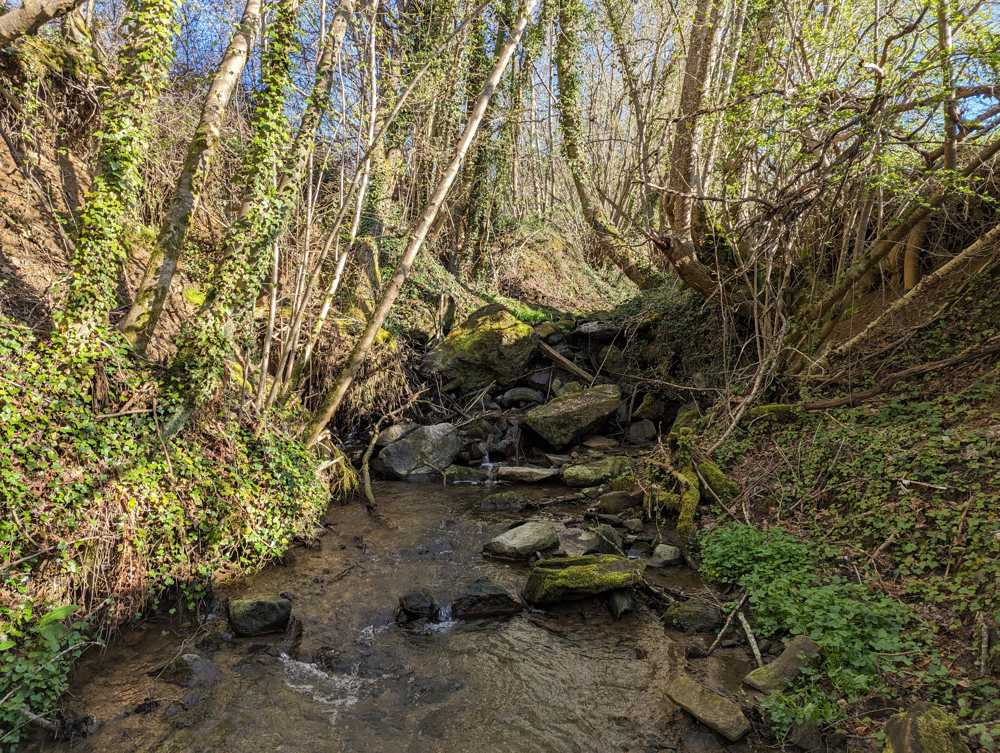

 ERN France
ERN France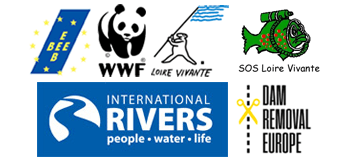 ERN is the official WWF Freshwater Partner in France and cooperates with WWF Switzerland, Austria, Netherlands and others
ERN is the official WWF Freshwater Partner in France and cooperates with WWF Switzerland, Austria, Netherlands and others